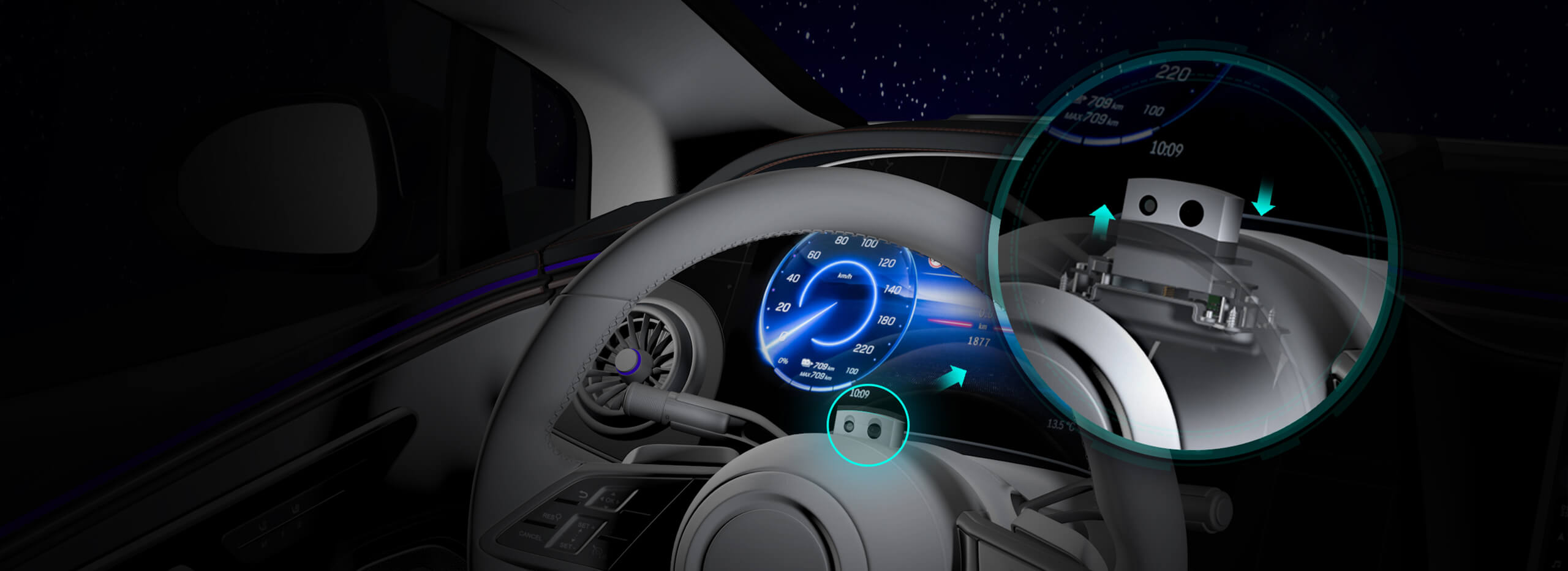Imagine building a robot that can see the world dynamically, reacting instantly to changes around it. That’s where an IR sensor paired with a servo motor, driven by an Arduino, really shines. It’s not just about sensing; it’s about creating an interactive experience.

Picture this: you’ve got a robot on a mission to avoid obstacles. When the IR sensor detects something at a certain distance, it sends a signal. Boom! The servo motor responds, swiveling the robot’s eye or a mechanical arm to reorient or dodge. It’s like giving your machine a pair of eyes with a real-time reflex. No lag, no fuss—just direct, efficient action. That seamless connection is the magic of combining IR sensors with servos.
What makes this combo so appealing? For starters, IR sensors don’t need much power, yet they deliver accurate proximity detection. They pulse infrared light and measure how much bounces back, giving a clear sense of nearby objects. When you link that to an Arduino controlling a servo, you get an instant response system. Think about a line-following robot or a home security setup—this approach is flexible and instinctive.
If someone asks, “Can this setup handle multiple objects at once?” then the answer is, more or less, yes. With some smart programming, the sensor can differentiate between various distances and angles, allowing for more complex movements. So, your project isn’t just limited to simple obstacle avoidance. You can craft a robotic arm that tracks your hand movements or an interactive art installation that responds to people’s presence.
Let’s talk specifics—setting this up isn’t rocket science, but it requires understanding your components. The IR sensor will output an analog or digital signal depending on the model. The servo motor responds to PWM signals, which Arduino manages effortlessly. With a handful of code snippets, you can get your system running in minutes. That’s the beauty of modular design—swap parts, tweak the code, and watch your creation evolve.
What about durability? IR sensors are pretty resistant to ambient light interference, especially if you choose high-quality modules. Pair them with a sturdy servo, and you’re good to go for hours of operation. It’s a reliable combo that can be used outdoors or indoors with ease.
Imagine the fun of making your own obstacle-avoidance robot, or maybe a talking wall that turns towards you when you speak. The potential is vast, and best of all—you don’t need to be a tech guru. These components are designed to be accessible, building confidence as you learn.
In the end, what makes this setup compelling isn’t just the tech—it’s the ability to craft something that feels alive, responsive. No matter if you’re experimenting for fun or developing a prototype, integrating an IR sensor with a servo driven by Arduino opens up endless creative avenues. The connection between sensing and action becomes instinctual, turning simple parts into something impressive.
Established in 2005, Kpower has been dedicated to a professional compact motion unit manufacturer, headquartered in Dongguan, Guangdong Province, China. Leveraging innovations in modular drive technology, Kpower integrates high-performance motors, precision reducers, and multi-protocol control systems to provide efficient and customized smart drive system solutions. Kpower has delivered professional drive system solutions to over 500 enterprise clients globally with products covering various fields such as Smart Home Systems, Automatic Electronics, Robotics, Precision Agriculture, Drones, and Industrial Automation.




































